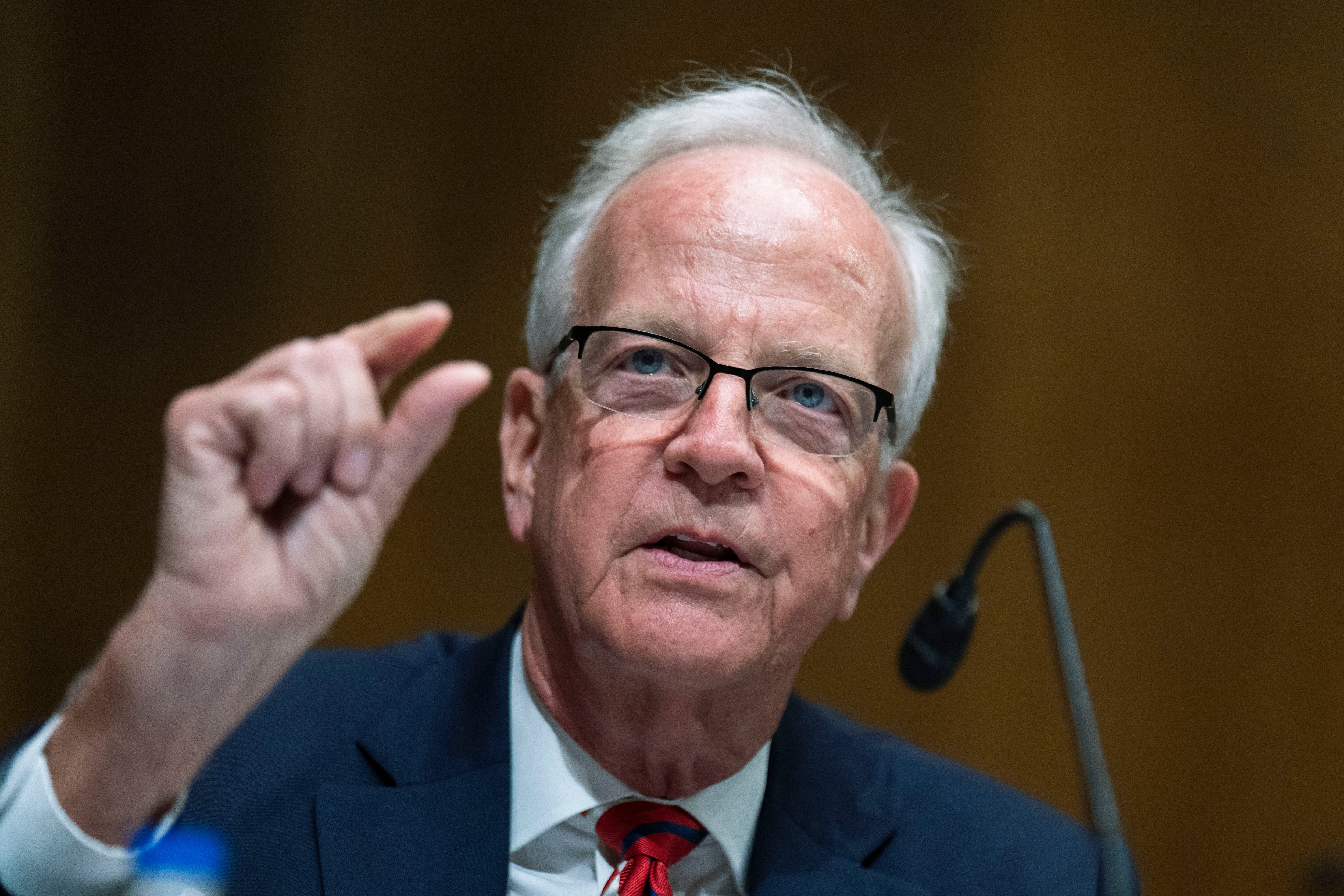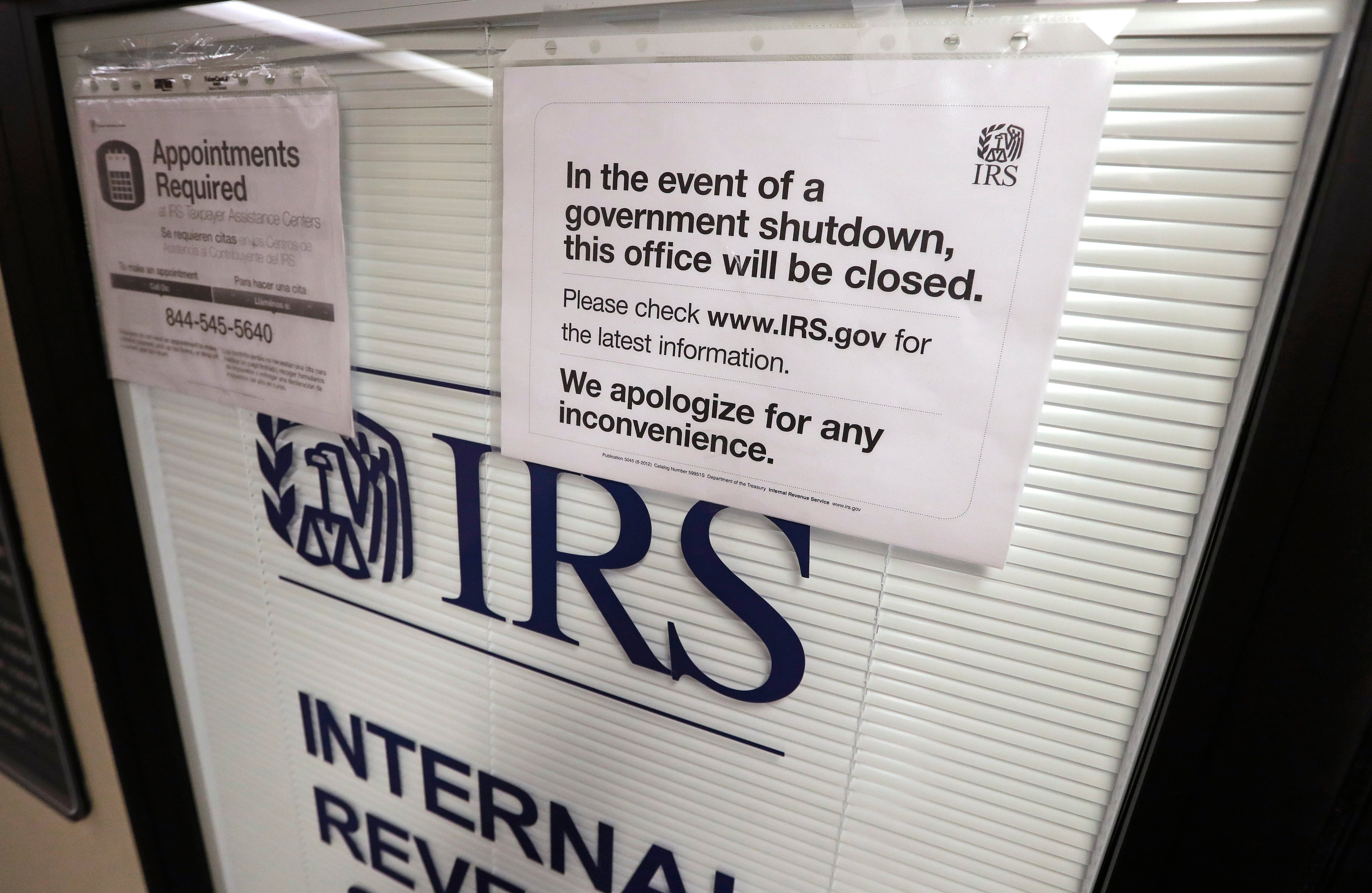As a former secretary of the Air Force, I’ve “been there and done that” when it comes to budget trade-offs, making hard choices and doing my best to work collaboratively within the halls of the Pentagon and on Capitol Hill to reach the best decisions possible for our military’s current and future readiness. So I understand the challenges that current Air Force Secretary Frank Kendall and Air Force Chief of Staff Gen. David Allvin are facing as they consider programmatic alternatives for the fiscal 2026 budget and beyond. However, I am deeply troubled by recent reports suggesting the possible termination of the Next Generation Air Dominance system due to budgetary constraints.
I strongly argue that the administration and Congress must unite to fund the Air Force to ensure the continuity of this vital program. They also need to explore alternative design and acquisition strategies to significantly reduce the cost of NGAD and expedite the delivery of this critical capability.
By way of background, the family of systems known as NGAD — which includes a manned, penetrating, counter-air platform and unmanned collaborative combat aircraft — is the result of extensive Air Force and Department of Defense research, which began in 2014. This research concluded that America’s current air dominance assets would not remain sufficiently competitive against the systems of potential adversaries (especially China) into the 2030s.
Then-acquisition chief Frank Kendall was instrumental in this analysis and program from the start. He even made it the linchpin of one of his seven operational imperatives after becoming secretary of the Air Force. With China confirming that it is working on a sixth-generation fighter system to be completed by 2035, the importance of the NGAD program for the Air Force has become all the more apparent.
Enter the Fiscal Responsibility Act and its caps on defense spending; deficit concerns; and the bow-wave effect of must-pay bills for programs like the B-21 bomber, the Sentinel intercontinental ballistic missile program and rising personnel costs; the Air Force now finds itself on the horns of a dilemma for FY26 and beyond.
There’s not enough money to pay for all of it.
Moreover, the manned portion of NGAD is predicted to be even more expensive than the F-35 fighter, which, if true, does not bode well for America’s ability to eventually procure an adequate number of fighters. If the program encounters significant delays, the U.S. may once again find itself delivering a capability that has not kept pace with where the threat has advanced.
What, then, should we do?
First, I urge Congress and the DOD to provide adequate funds to the Air Force so that all these important programs remain on track.
Second, I urge the Air Force to consider innovative design and acquisition strategies — perhaps along the lines of the “century series” approach that former Air Force acquisition chief Will Roper once spoke of. This approach would involve less-expensive and quicker-to-produce fighters with iterative designs that could change every few years if necessary. Engaging in discussions with industry on such an approach is crucial, as it represents a very different way of doing business and we need to ensure its feasibility.
It’s time for us to come together, think outside the box and find new ways to support our military’s needs.
The only thing we can say for sure is that China is ruthlessly advancing its NGAD equivalent and does not appear to be slowing down due to budgetary concerns. Moreover, China is continuing aggressive actions in the South China Sea and has stepped up military drills that simulate a blockade and possible invasion of Taiwan.
The 2030s will be upon us in an instant, so we can’t afford to delay NGAD. Doing so would mean risking loss in a future conflict.
Deborah Lee James is a former secretary of the U.S. Air Force. She serves as chair of the Defense Business Board and is affiliated with several organizations and businesses.





